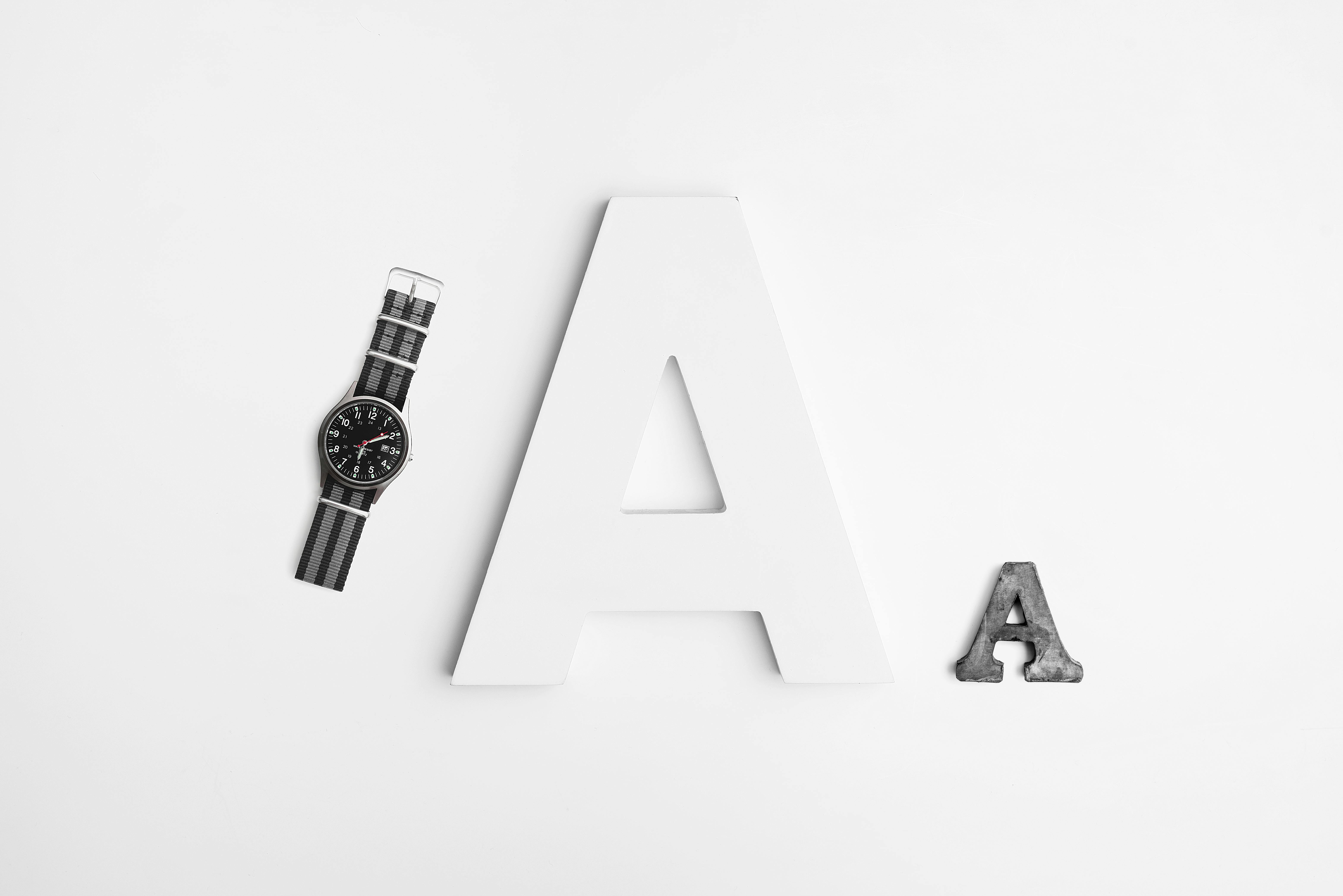How to get rid of new light bulbs

Recent innovation in light bulbs has created compact fluorescent light (CFL) and high intensity discharge (HID) lamps that offer impressive benefits to consumers. While this new technology enables significant energy and cost savings, it also presents serious challenges. Lurking inside every new light bulb is a pen-tip-sized amount of mercury, a known neurotoxin and hazardous waste product. If these bulbs are thrown in the trash, mercury can get into the soil and water and pose serious health risks to humans as well as long-term environmental concerns. However, the amount of energy savings alone is significant enough for consumers to consider them viable alternatives. Learning to dispose of new bulbs is the big challenge.
Advantages of low energy lights
It’s easy to see the advantages of using the new bulbs. Each old, incandescent light bulb has a useful life equal to about 800-1,000 hours. CFLs, on the other hand, last an average of 10,000 hours, which translates to a ten times longer lifespan. Also, CFLs use only 25% of the energy an incandescent bulb requires.
Although new energy saving light bulbs cost more up front, the real savings for the consumer are realized over the life of the bulb. For example, a CFL bulb offers a savings of $30 over its useful life and pays for itself in six months. It is a win-win situation for consumers.
Disadvantages of low energy lights
CFLs do have some drawbacks, but most of them are insignificant. One problem, for example, is that CFLs tend to burn less brightly towards the end of their lives. In other words, the emitted light is slightly dimmer just before it turns off.
The most significant drawback, of course, is the fact that the mercury used in the product must be carefully disposed of and recycled. While the tiny amount of mercury inside each light bulb is tiny, that tiny dot, according to researchers at Stanford University, can contaminate 1,000 gallons of water. Mercury can harm anyone, but it’s more toxic to children, and the US Environmental Protection Agency has spent years curbing the misuse of mercury. While mercury is proving to be an energy saving advantage, its environmental impact cannot be ignored.
Recycling centers for CFL and HID bulbs
The rapid use of CFLs and HIDs has outpaced the capacity of current recycling centers. Approximately 300 million energy-saving light bulbs were sold in 2008. At the same time, only a few states have free, utility-operated collection programs. States that offer this service include California, Florida, Illinois, Maine, Minnesota, Oregon, Washington, and Wisconsin.
Many other states offer recycling of energy efficient light bulbs through local cities or counties. Consumers should contact local waste disposal agencies to see if any recycling is available for these materials.
Some home retail stores have stepped up to serve as recycling sites for new technology light bulbs. These include IKEA, Home Depot, Orchard Supply Hardware, True Value Hardware, Ace Hardware, and Menards.
Other retail stores, like Wal-Mart, sometimes offer one-day recycling events.
Steps to properly dispose of new light bulbs
Before a consumer transports a new bulb to a recognized recycling site, some careful steps should be taken, especially if a CFL or DIH bulb has broken:
If a CFL is not broken but needs to be replaced, follow these steps:
Step 1: Carefully remove the bulb from the lamp and store it in an airtight container until it can be recycled. It’s often best to put it back inside the cardboard container it came in for extra protection before sealing it. Although airtight plastic bags can be used to store them, it’s best to use a plastic or metal container.
Step 2: Mark the container so it is not accidentally damaged or thrown away.
Step 3: Take to a recycling center.
If the CFL bulb has broken, take the following precautions:
Step 1: Remove children and pets from the area.
Step 2: Turn off the heat or air conditioning and open the windows; ventilate the room for at least 15 minutes.
Step 3: Gather the following materials before attempting to clean: gloves, stiff cardboard or paper, plastic bags, tape or duct tape, and damp paper towels.
Step 4: After putting on gloves, collect and place larger pieces of glass in a resealable plastic bag.
step 5: Using cardboard or stiff paper, collect the rest of the pieces. Discard in a plastic bag.
Step 6: Use the adhesive duct or tape to collect any leftover debris. Discard in a plastic bag.
Step 7: Clean the affected area with a damp paper towel or hand wipes. Discard in a plastic bag.
step 8: Vacuum the area, then dispose of the disposable vacuum bag in a plastic bag and seal it. If using a canister vacuum, dispose of vacuum sweeps in a plastic bag. Then, using damp paper towels, wipe down the container. Dispose of used paper towels in a resealable plastic bag.
step 9: If the shoes have been in contact with the tear, clean them thoroughly before wearing them again.
step 10: If the clothing has been in direct contact with the tear, discard it. Washing them can spread mercury throughout the washer.
step 11: Ventilate the room the following times after vacuuming the affected area.
step 12: Make a plan to carefully recycle the old materials.
As technological advances around energy efficient light bulbs continue to offer improvements, it’s easy to see how they will replace older incandescent light bulbs. The new generation of compact fluorescent lamps, for example, are already being produced with even less mercury per bulb. At a time when energy saving concerns are a priority, these innovations are revolutionizing the way people embrace new technology. Consumers are learning that to save the environment and financial costs, proper disposal of new light bulbs is just one more positive step towards a healthier, cleaner world.